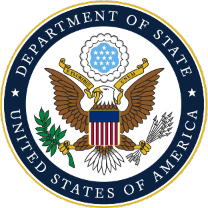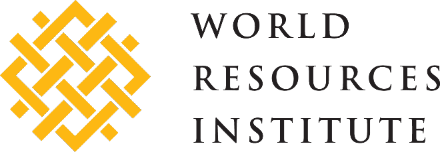Value of Indigenous-led journalism central to WGIPFD session
Preserving memory and shifting media perspectives were key issues in the latest meeting of the Working Group for Indigenous Peoples and Frontline Defenders (WGIPFD), convened by Indigenous Peoples’ Rights International as part of the Nature Crime Alliance.
Focusing on Indigenous journalism and communications, the session welcomed expert insights from Nelly Luna Amancio, Editor and Co-Founder of Ojo Público, and Yanua Atamain, a social communicator and Director of Ciber Amazonas.
The session drew together more than 20 representatives from Indigenous communities around the world to explore the role of Indigenous journalism in shaping national responses to nature crime and the advancement of Indigenous rights.
A range of issues were covered in the discussion, including the challenge of disinformation, the rise and limitations of AI technologies, and the need for greater progress on women’s rights.
Preserving memory
A key theme that emerged was the loss of Indigenous memory – knowledge and wisdom passed down through generations that can inform and bolster national approaches to environmental protection. Capturing and preserving this memory, and bringing it into the national discourse, are key challenges.
One area that could drive progress is education, particularly in the context of inter-generational memory exchange. Updating school curriculums can help younger people to appreciate the importance of Indigenous memory, as well as reframing their understanding of forests as homes, not just a source of resource commodities.
Journalism can also play a role in capturing this memory, and elevating Indigenous perspectives in national conversations. But to do so will require creative thinking and logistical planning to overcome barriers. The group heard that one journalism initiative that tried to connect Indigenous Peoples’ discourse with the national view struggled due to its use of digital forms and processes to engage with communities – processes that many Indigenous communities didn’t have access to. There is a need to design engagement activities that reflect logistical realities, such as in-person sessions. But here funding remains a key challenge.
However, there was broad agreement that without action, we risk losing not just fauna and flora, but invaluable memory and wisdom, too.
Drivers of demand
Another area where journalism and communications can drive change is consumer behaviour and demand. The group noted that much of the commodities extracted from tropical forests go to destination markets including the US, China, Europe and India. Yet much of the focus of governments and civil society organisations is on local law enforcement and efforts to counter ‘foot soldiers’.
While law enforcement is essential, there needs to be more accountability on the international companies extracting forest products, and on consumers in destination markets that are driving demand. Indigenous journalism can play a role here, too, in shifting the ‘Western perspective’ that dominates global media, which sees forests not as homes, but simply as resources for markets.
Indeed, in some instances the narrative of global journalism is often oppressive, the group heard, with Indigenous perspectives often pushed down in favour of western perspectives. The need to disrupt this colonizing discourse in the media industry was a key talking point.
By bringing together Indigenous representatives and media experts, the session sought to highlight the value of Indigenous journalism in tackling nature crime. Insights captured will be incorporated into the WGIPFD’s recommendations.



